In the Norwegian capital Live Miranda Solberg aka Louien wrote her debut album. The musician introduces us to Oslo’s vibrant music scene and the places that fuel her art.
It’s not exactly southern comfort that greets one here. Icy wind, as strong as the ocean that it’s coming from, finds its way to your skin, despite several layers of coats and knits. It figures that the Oslo Opera House, the landmark of the Norwegian capital, looks like an impressive pile of ice. Combined this with the busy and stylish food court of central station, where the smell of freshly baked cinnamon buns lingers in the air and the lack of winter sunlight, you got it: Oslo in a nutshell. At least for visitors. Of course, you can’t simplify this city like this but still, it seems remarkable that Europe’s north is the icy soil for a flourishing scene of beautifully crafted and earthy Americana, country and folk music.
Excited anticipation fills the small concert room at Krøsset tonight. The pub is packed with people who end their conversations and laughs the moment Louien enters the room. She manages to fit a remarkable number of co-musicians around her on the small stage. It’s the inaugural concert for Louien’s debut album None of my Words and for the next hour the musician dazzles everyone with her crystal clear voice and songwriting that sparks between easy harmonies, catchy melodies, and disturbingly honest lyrics. It’s a bit like watching an Oslo-Supergroup: All the musicians in the front have their own projects or bands, they know what they’re doing and tonight they came together to present Louien’s album, creating those moments where they catch the perfect vibe and leave you with goosebumps.




There probably wasn’t a time in Live Miranda Solberg’s life where she wasn’t a musician. But from the first Neil Young covers she sang for fun in high school, to being Louien, a self-aware solo artist, it was a bumpy road. Solberg wasn’t born in Oslo, but has lived here for most of her adult life. She quickly got involved in different music projects—all of them guitar driven, folk or Americana-combos. Apparently Country has always been spread in Norway and was part of the music industry, as scene expert and journalist Erik Valebrokk points out. But it wasn’t before the ’90s, when it became a big trend. Artists like Steinar Albrigtsen, who can be called the Norwegian answer to Honky Tonk Beau Billy Ray Cyrus (and not just because they shared the same mullet hairstyle), the female duo Somebody’s Darling or Claudia Scott have to be mentioned as Country-Pop stars of the time. Maybe it has to do with the fact that Norwegians are very nature-focused and are known for their love of hiking, jumping into icy cold waters and having a cabin somewhere in the woods. “In Norway, nature is everywhere. Surroundings always have had an impact on an artists’ work,” Valebrokk says.
Other than that: Country and Folk are closer to the old continent then one might think. Country music has its roots in traditional folk music of European immigrants. It’s mostly a simple instrumental line-up paired with lyrics that reflect everyday struggles or personal stories—music for the longing, displaced and lost ones with a weakness for accessible life scripts, traditions and down to earth bearing. At least in its origins. Like every big genre, Country has many characteristics, all of which can be found all over Europe, too. The very folky and traditional stuff became popular in the UK, probably because of the influence of Irish Folk. Mumford & Sons were the millennial leaders here. In 2008 they released their debut Sigh no More and opened the door to the charts for a bunch of British musicians from the banjo-side of life: Laura Marling, Johnny Flynn, and Noah and the Whale, just to name a few. In Germany the pendant to traditional country is Schlager Musik—easy to approach thanks to the straight forward 4/4 rhythm, plain lyrics, and clean images. According to that, mainstream country is what the Germans go for. Right now the pop-country scene has quite a peak in Germany: 2019 the Country 2 Country Festival (C2C) took place for the first time in Berlin and it was sold out on both festival days. Also the famous CMA Awards were broadcasted from Nashville to German TV for the first time after eight years and the international Reeperbahn Festival in Hamburg, one of most important international summits of the music industry, hosted a Country Showcase called Neon Nashville for the first time.
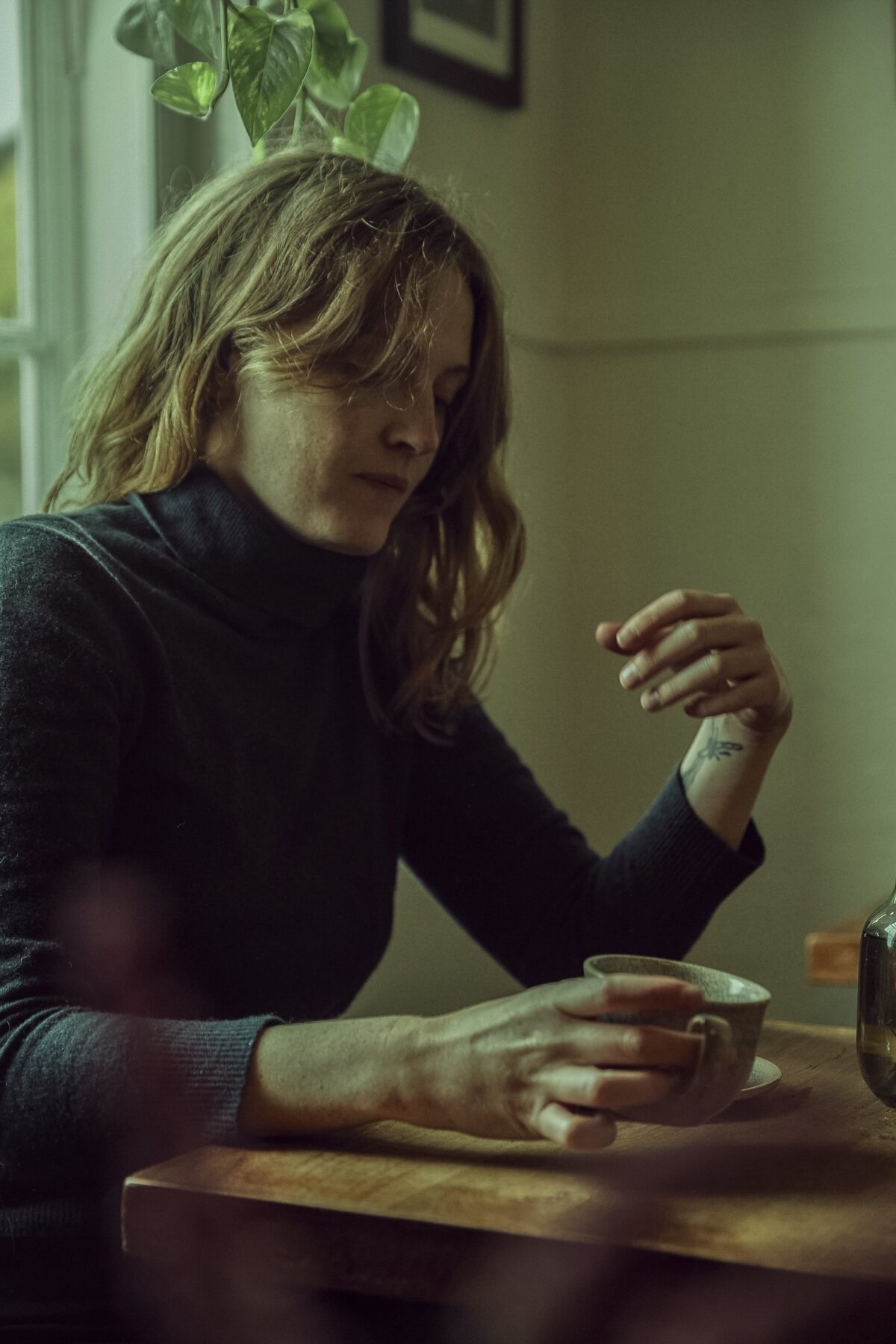

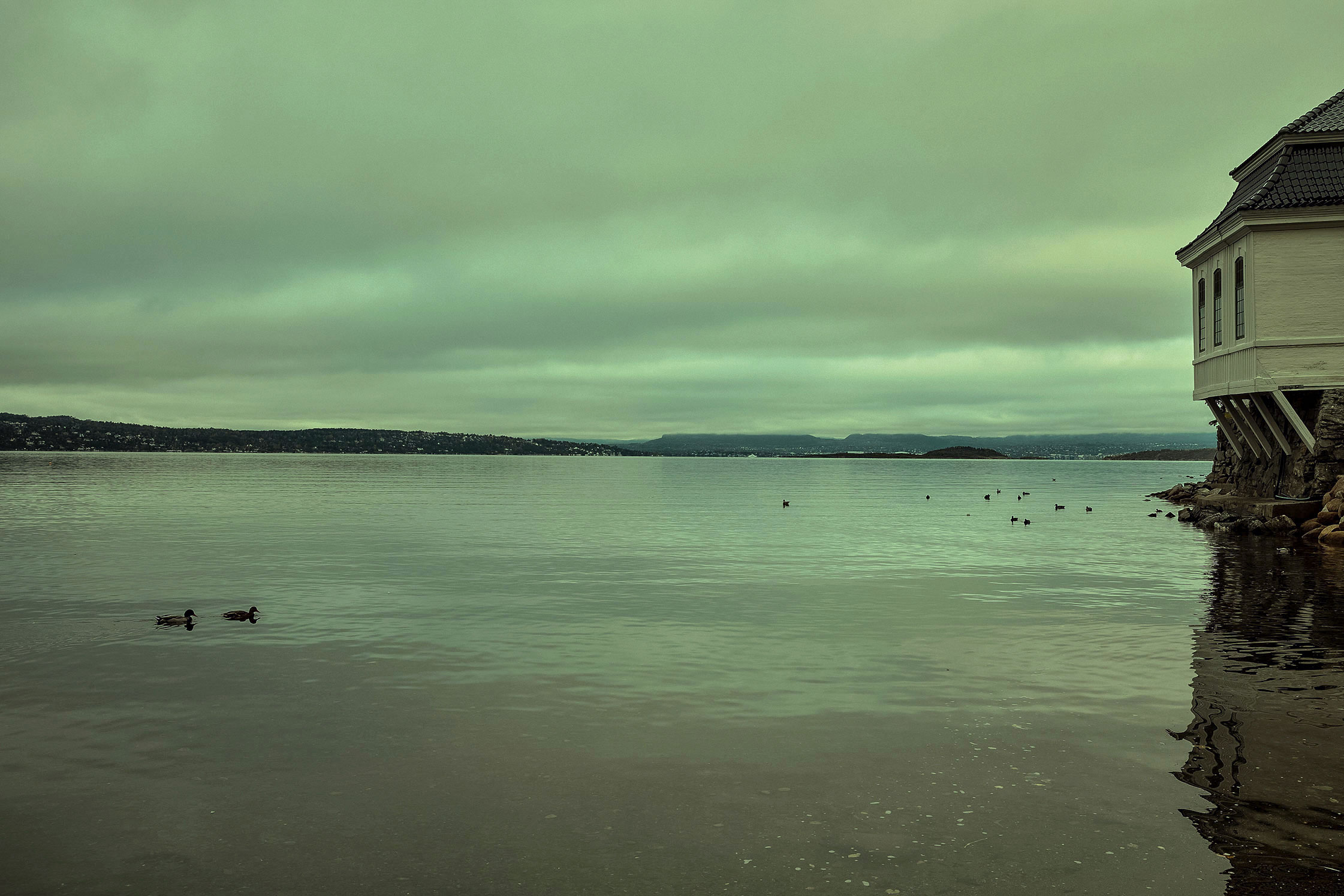
“I don’t know whether there is a particular Oslo sound,” Solberg says about herself and her colleagues. “I think, we all have our own preferences, style or character – and that reflects in the music, too.” Solberg walks down the small path to Hvervenbukta. In summer, this is a popular spot for beach day-hideouts from the big city. Today it smells like fallen leaves and saltwater. “From here your gaze goes directly to the place where I grew up.” Solberg says looking towards the riverside with small dark red woodhouses, white windows and low-rise rooftops. We came here because I asked her to show me places she connects with her music. Hvervenbukta is a place she links foremost to her father and his passing five years ago after three years of illness. “The album is not about my father, but it was written in this intense period of time. It was hard and very emotional,” she recalls.
Expressing her feelings through music comes naturally to Solberg. It is nothing she has to force herself to. Same goes for her being in the spotlight on stage. “I was exposed to it quite early in my life,” she mentions. And then she tells me of how she and her sister visited their father, the television- and theatre-actor Sverre Solberg, on weekends as their parents divorced quite early. “When we came to see him, he often had to work. So we would spend our time in the dressing rooms backstage of a theatre. Sometimes we watched the plays he was in or we listened to them.”
As with her songwriting, Solberg has always been a rather intuitive person. She finished her BA in religious studies because she has been intrigued by the impact religion has on our world, not because she had a certain career in mind. She studied abroad, because she was curious how it might be to live in southern Germany. She followed a man she fell for because it felt right at the time. Solberg is a searcher without being lost. When her father seriously fell ill, a new era began for her. Suddenly she was confronted with loss and transience. “I wasn’t working, I was with my father, fixing things before he died or whatever.” Solberg recalls this phase as traumatic. She tried to do everything right, to use the time she had with him. A task impossible to fulfill. Eventually she had to realise: “Sometimes you can’t control everything. Sometimes really bad shit happens and it’s not your fault. And it has to be ok to grief and it’s ok to be sad.”
Dealing with great pain became a part of her life after Sverre Solberg passed on. Though it got better with time, the concept of overcoming great tragedy never applied to her. “Society expects you to mourn for a while and then you have to get better. Truth is: Something like this stays with you forever. It changes you for the rest of your life,” she admits. And though there are times she doesn’t think about her father as much, when it hits her, it is still intense. In one of Solbergs singles she puts this fact into words: “Let me take you with me, to the place I’m going. Oh love I’ll carry you in my heart and mind alike” (Heart and Mind alike).
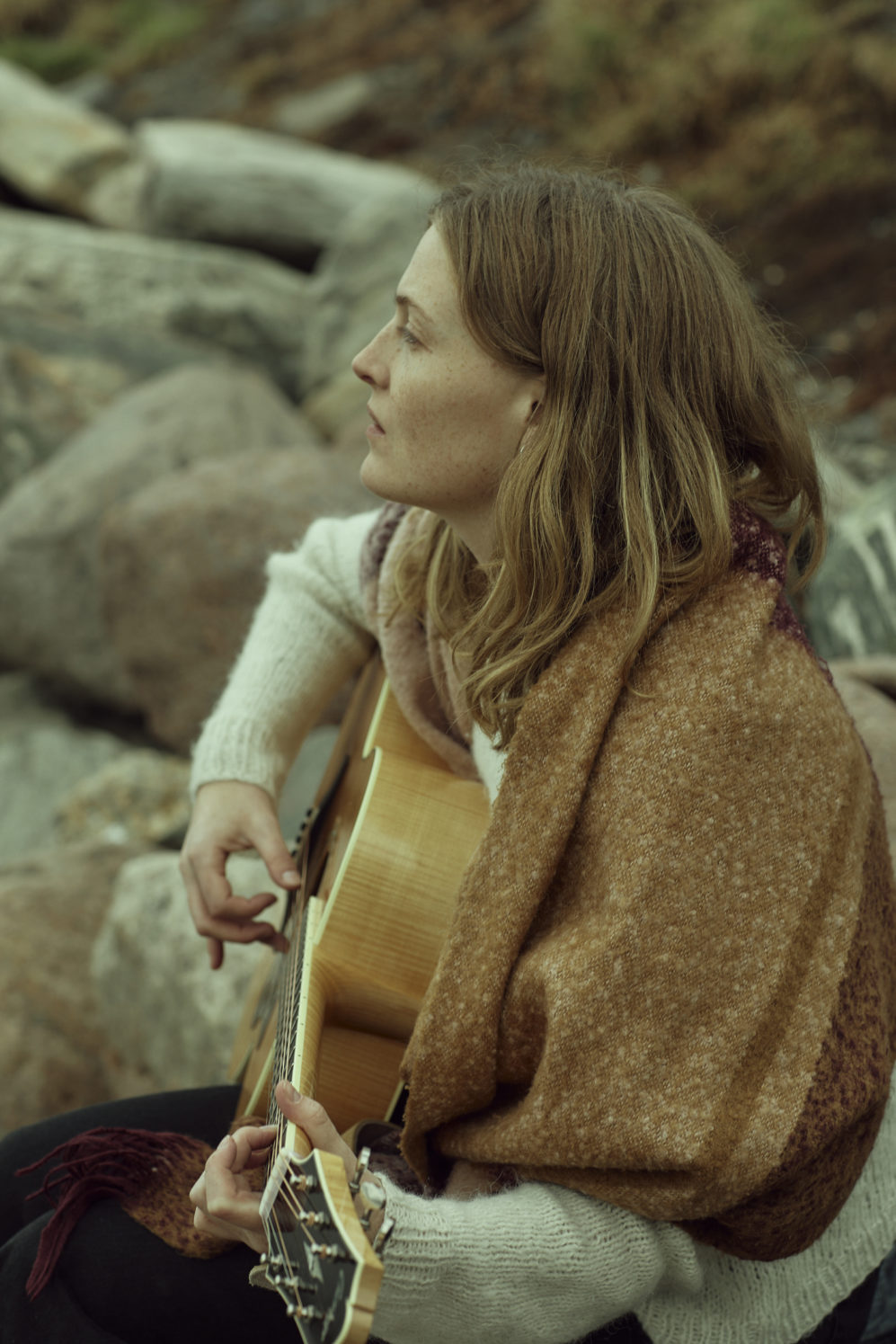
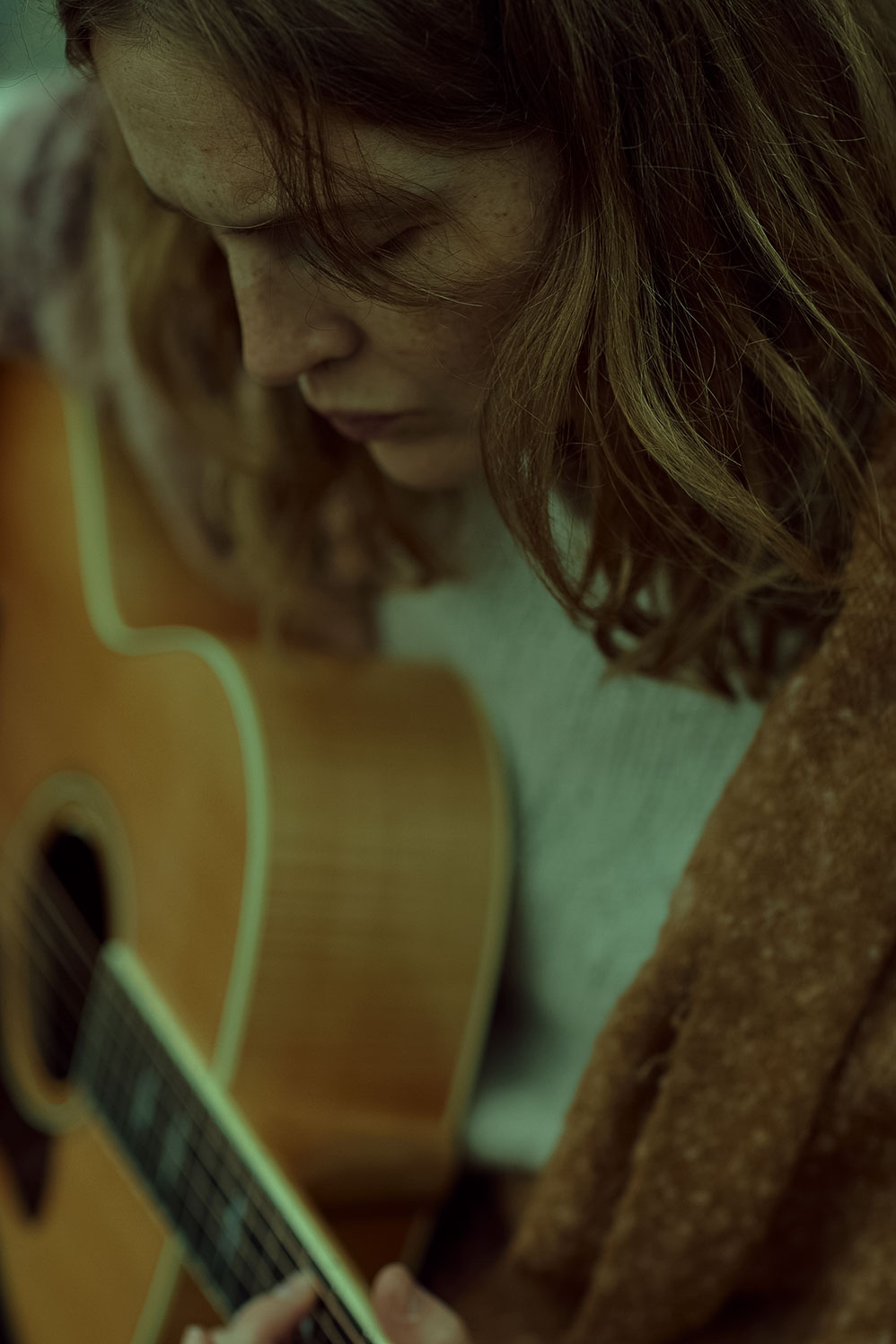
The music scene in Oslo has helped Solberg to call herself an artist and to built up the strength, to put all her energy into it. It’s quite a small realm, people-wise and location-wise. The prior mentioned “Krøsset” is one of a handful venues where the magic happens. One of the bookers here is Linn Margrethe Skoie. She has a very fine sense for the Americana-scene all over the world: It happened more than once that Linn booked an artist like Aldous Harding right before she blew up. Female bookers are as rare as any kind of females in the whole music industry. But things are changing and Norway is quite the shining example of how to do it right. Gender equality has a long tradition over here. An appropriate law has been passed in 1978 – way before any other country in Europe did. According to the annual “The glass-ceiling index”, released by the british magazine The Economist, Norway is one of the best places to work as a woman.
No wonder, the Norwegian up-and-coming country scene is ruled by the women of Oslo. “There is no grudge for each other. We work together, we trust each other and when one of us is successful, we’re happy for her,” says Stine Andreassen, the singer of the traditional country-formation The Northern Belle. Every artist has the freedom to express their own vision being supported by their peers. And slowly but surely the world starts to notice the gems that are coming from the cold north. Not just The Northern Belle has strong ties to Nashville. Malin Pettersen has been called a “country sensation” by Paste Magazine recently and will travel to Tennessee’s capital for some recording sessions. It might not take long until Benedicte Braenden, who can be easily compared to an early Dolly Parton, Unnveig Aas and Signe Marie Rustad, both wonderfully close to Tori Amos in their own dreamy ways, or Kristine Marie Aasvang and her artsy neofolk band The Secret Of Dreamwalkers will gain recognition. And besides them, there are many more driven artists that one should look out for.
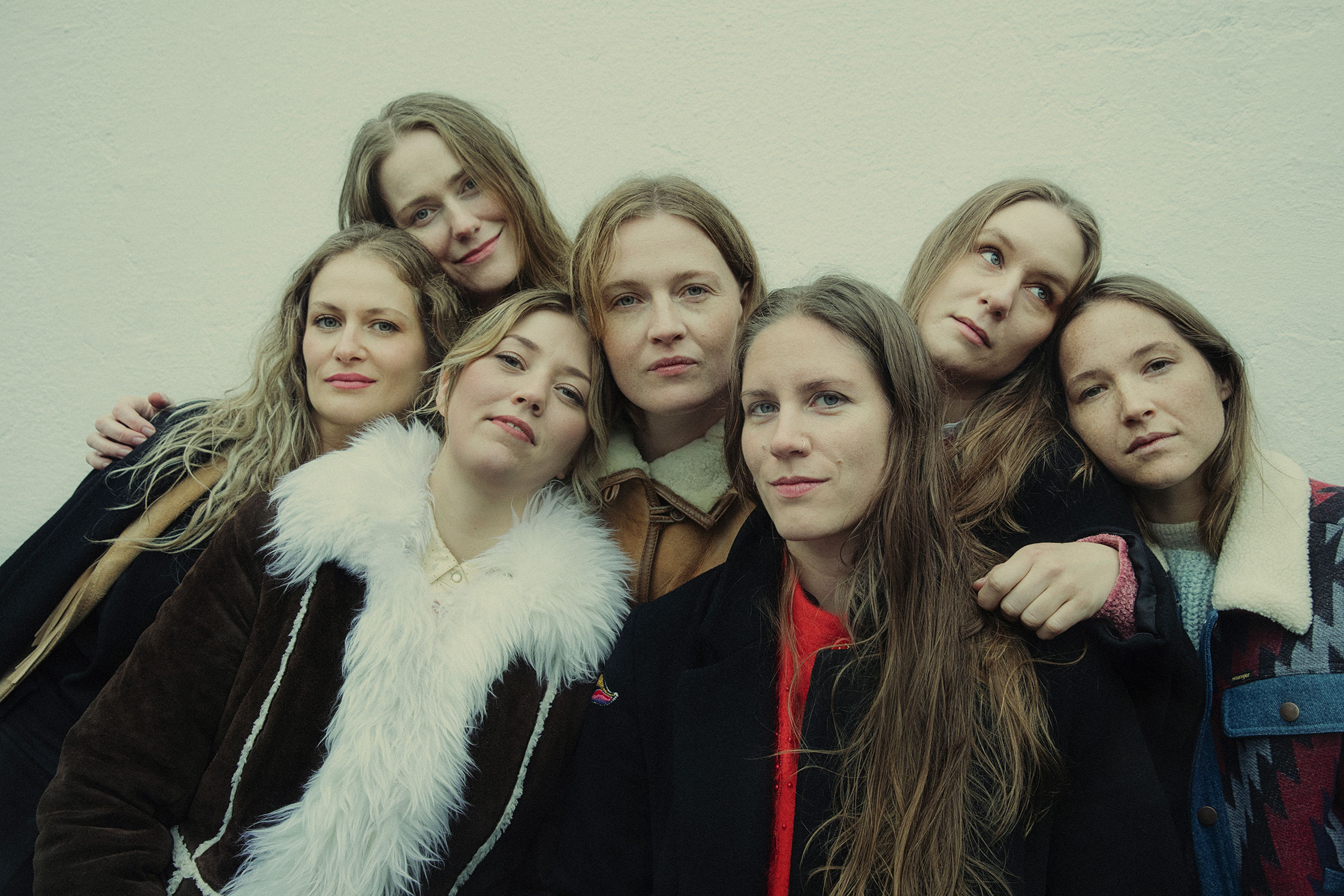
The sun sets over Hvervenbukta, although today it has actually never really shown. The cold from the water is coming for us. A perfect moment to hide out in a small fire-lit cafe that serves, of course, cinnamon buns. Is it really that much of a surprise that Norwegians write sun-filled songs? Is it so unusual to make music that sounds like aged whiskey and dry sand, when surrounded by the exact opposite? In the end, we are all looking for something we don’t have. Or at least, we enjoy dreaming about it. Maybe we yearn for consolation, maybe for redemption, maybe for warm sunshine. Music-wise it seems that right now, we just enjoy good, handmade music that offers something other than the current charts with the always same sounding pop, hip-hop, and EDM. Whatever it is: come to Norway. They have the good stuff here. And by that, I don’t just mean the cinnamon buns.
Words: Silvia Silko
Photography: Julia Marie Naglestad

